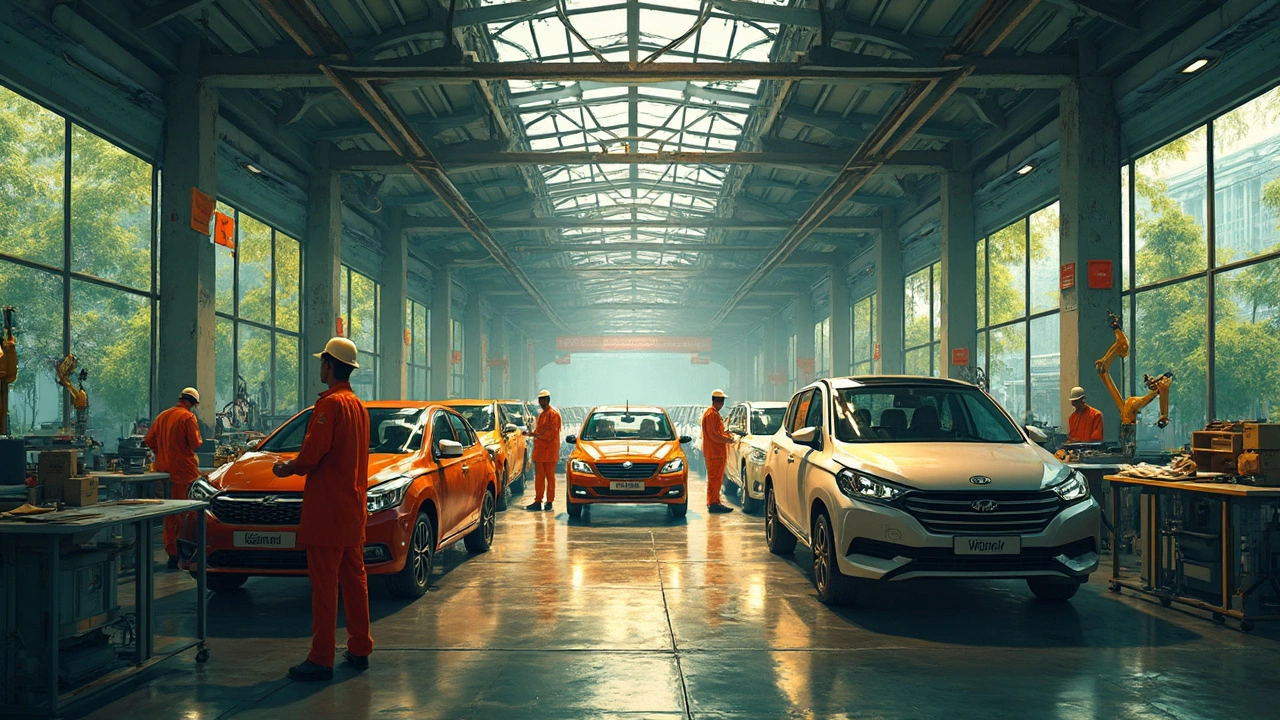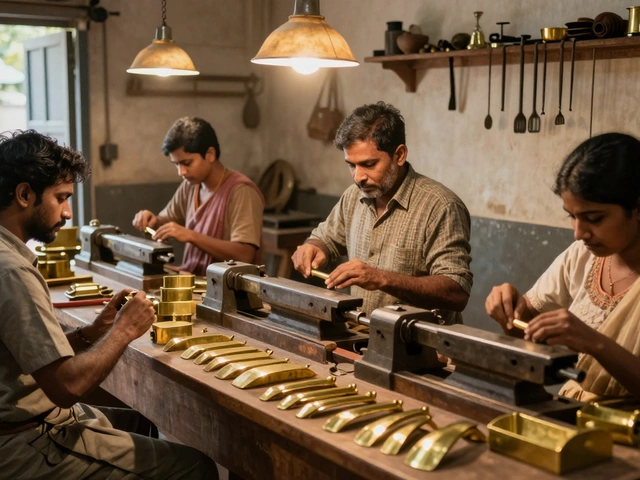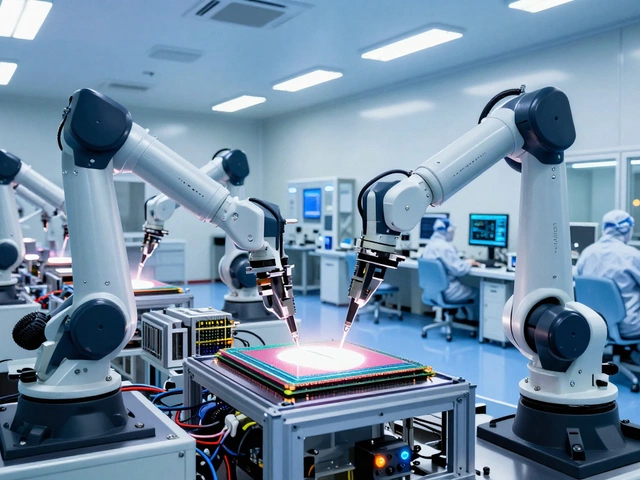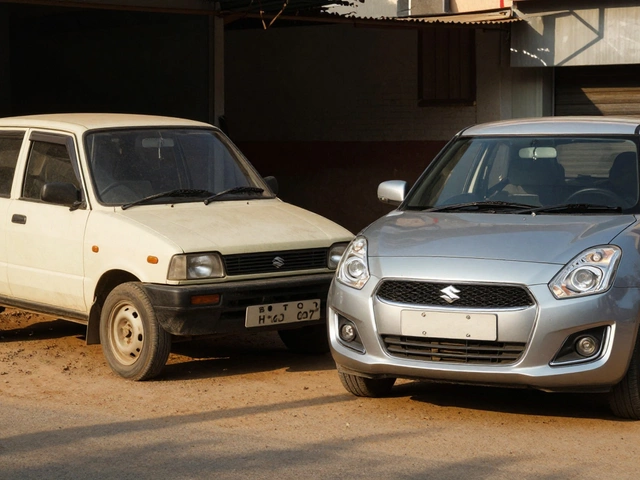Indian Automobile Manufacturing: What’s Happening Right Now?
India’s auto sector has been buzzing with new models, electric scooters, and policy shifts. If you’re wondering how factories are coping with demand spikes and tighter emissions rules, you’re in the right spot.
Current Production Landscape
In 2024, India produced over 27 million vehicles, mixing two‑wheelers, cars, and commercial trucks. Two‑wheelers still dominate because they’re cheap and fit city traffic, but passenger cars are catching up fast thanks to mid‑range SUVs and rising middle‑class buying power.
Major players like Maruti Suzuki, Tata Motors, and Mahindra are expanding capacity in states such as Gujarat and Tamil Nadu. They’re also partnering with local component makers to cut logistics costs and meet the "Make in India" push.
Key Challenges on the Factory Floor
Power cuts and supply‑chain hiccups still bite manufacturers. Many plants rely on diesel generators, which bumps up operating expenses. The shift to electric vehicles (EVs) adds another layer – factories need new tooling, battery assembly lines, and trained technicians.
Regulatory pressure is another factor. The government’s BS‑VI emission standards force manufacturers to redesign engines, while upcoming safety norms demand stronger chassis testing. Those changes can feel like a costly hurdle, but they also open doors for tech‑savvy suppliers.
Labor availability is a mixed bag. While India has a huge workforce, skilled labor for advanced robotics is scarce. Companies are investing in apprenticeship programs and collaborating with technical institutes to bridge the gap.
On the flip side, digitalization is helping. Many plants now use IoT sensors to monitor equipment health, reducing downtime by up to 15 %. Real‑time data also lets managers tweak production schedules on the fly, which is a lifesaver when demand swings suddenly.
For small‑scale manufacturers, competition from imported parts is fierce. Tariff adjustments can make foreign components cheaper, pushing local firms to up their quality game or focus on niche products like custom bike frames or specialty trucks.
Despite the hurdles, incentives are flowing. The government offers tax breaks for setting up EV batteries and subsidizes renewable energy usage. Several states have created auto parks with ready‑made infrastructure, cutting the time needed to launch a new line.
Looking ahead, EV adoption is the biggest growth engine. By 2030, analysts expect electric two‑wheelers to capture 30 % of the market, and electric cars could hit 15 % of new registrations. That shift will reshape tooling, supply chains, and even the skill sets needed on the shop floor.
If you’re planning to enter the Indian auto manufacturing space, focus on three things: build flexibility into your production line, secure reliable power sources, and partner early with local component makers. Those steps will help you stay resilient when policies or market tastes change.
In short, Indian automobile manufacturing is a mix of rapid growth, policy-driven transformation, and a push toward sustainability. Stay updated on emission norms, power solutions, and EV incentives, and you’ll be ready to ride the wave.
Car Brands Made in India: Full List, Surprises, and What You Should Know
Ever wondered how many car brands are actually made in India? This article unpacks the real players in the Indian automobile scene, explaining which brands have plants on Indian soil and who's simply rebadging imports. You'll get a clear, updated list of major manufacturers, a reality check on popular misconceptions, and some handy insights for car buyers. Plus, discover lesser-known brands popping up in 2025. If you're after facts, straightforward answers, and smart buying tips, keep reading.
Read MoreWhich Car Is Fully Made in India? A Straightforward Look at Homegrown Automobiles
Trying to find a car that's fully made in India can be tougher than you think. This article breaks down which cars are truly built from scratch on Indian soil, which brands lead the pack, and why some models only seem Indian on the surface. You'll also learn how 'localization' works and how to spot if your next car is genuinely made here or just assembled. Get the facts you need before your next car hunt.
Read More





